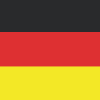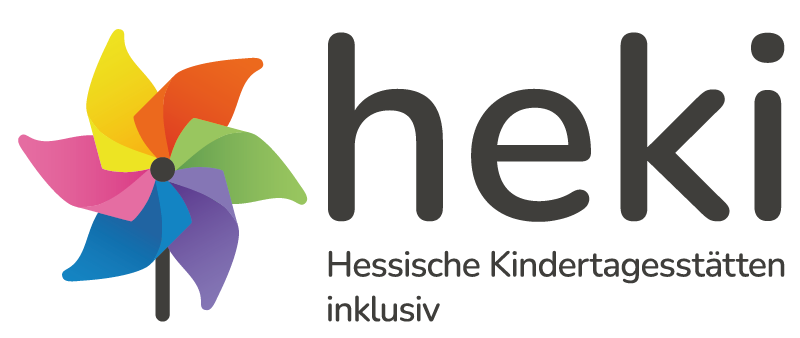FAQ
Erster Balken oben (Nicht zu bearbeiten)
1. What age range does heki refer to?
2. Will the model sites receive financial support as part of the project?
3. To what extent are the districts or municipalities, health and social welfare offices involved in the project as supervisory authorities or cost bearers?
This can be done either through permanent representation or through event-related participation, depending on the needs that become clear from the preliminary discussions.
In addition, there is the possibility that actors named at thematically appropriate points in the project participate in the working group with their perspective and expertise and thus temporarily support or supplement it if a need becomes apparent through the working group.
This means that all actors named in the question can be part of the advisory board on an ad hoc basis.
4. What are the selection criteria as a model location in heki?
The selection process for determining the eight model locations is based on a structured and transparent sampling process that takes into account the diversity of the facilities.
Particular attention is paid to a heterogeneous/diverse selection in order to include a broad spectrum of experience, structural characteristics and approaches in the project work.
In the case of comparable requirements, the decision will be made by lot.
The information you provide in the expression of interest form does not constitute an exclusion criterion per se in the sense of right or wrong, we are only interested in obtaining information in order to be able to make a qualified and fair selection and to obtain knowledge about the future model locations in preparation for the working group process.
How is specialist advice for daycare centers specifically integrated into the project?
Who initiates contact with the expert advisors?
The specialist advisory services of the model locations are of central importance for heki in a process-accompanying form, which is why these specialist advisory services should be involved at the appropriate points in the working group.
In addition, it should be considered for the individual model locations to what extent individual support for the location-specific development process can be designed with the expert advice.
To this end, it is desirable for the model locations to contact their specialist advisors in advance of the selection process to inquire about their possible willingness to participate.
5. To what extent could the youth welfare office be involved so that the model daycare centers receive possible relief (additional team preparation time, time off for further training, etc.)?
However, if an initiative is taken on an individual/location-specific basis to contact the local youth welfare office in this regard, we will support this process.
As a central player, youth welfare offices can be represented by participating in the project advisory board.
In addition, there is the possibility that designated actors at thematically appropriate points in the project can participate in the working group with their perspective and expertise and thus temporarily support or supplement it if a need becomes apparent through the working group.
6. How are the facilities accompanied and supported in the process by heki?
Here, the needs of the various interest groups are assessed and the project is presented to the team.
Subsequently, the locations will be given the opportunity to arrange free coaching appointments in which needs- and solution-oriented work is carried out on and with the daycare centers and challenges and opportunities that become apparent in the process are reflected upon.
The formats of these coaching sessions are coordinated depending on the feedback from the respective working group locations.
This may also lead to further on-site appointments, should this be desired by the daycare centers.
At the halfway point of the project, it is planned to hold a meeting for all employees of the model locations to jointly reflect on the project work and progress.
In addition, there will be weekly telephone times during which questions can be discussed with the heki project team.
7. What is meant by inclusion? How broad is the concept of inclusion?
As a guiding principle, this understanding is based on the question “What success factors are there and what structures and framework conditions are needed so that all children can participate in daycare in the best possible way under the current conditions and their development can be supported according to their individual needs?”.
Inclusion is therefore not understood as a status, but as a way to enable equal participation of all in the daycare system.


